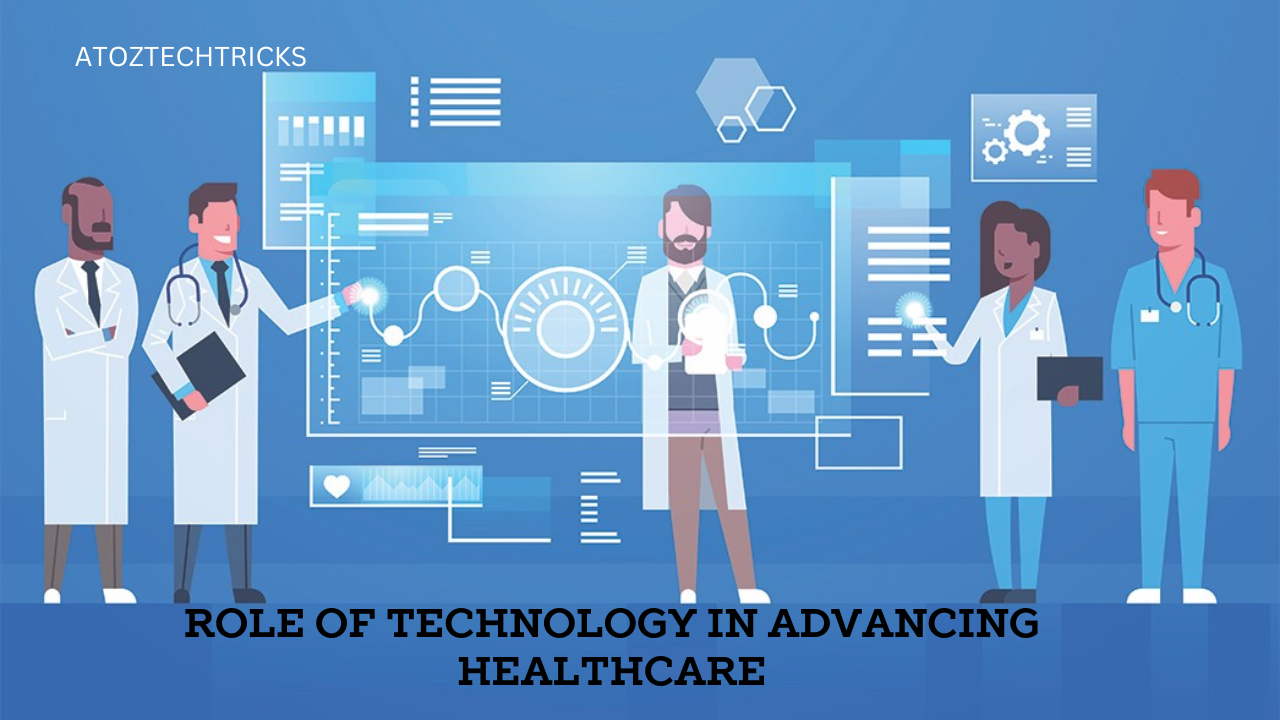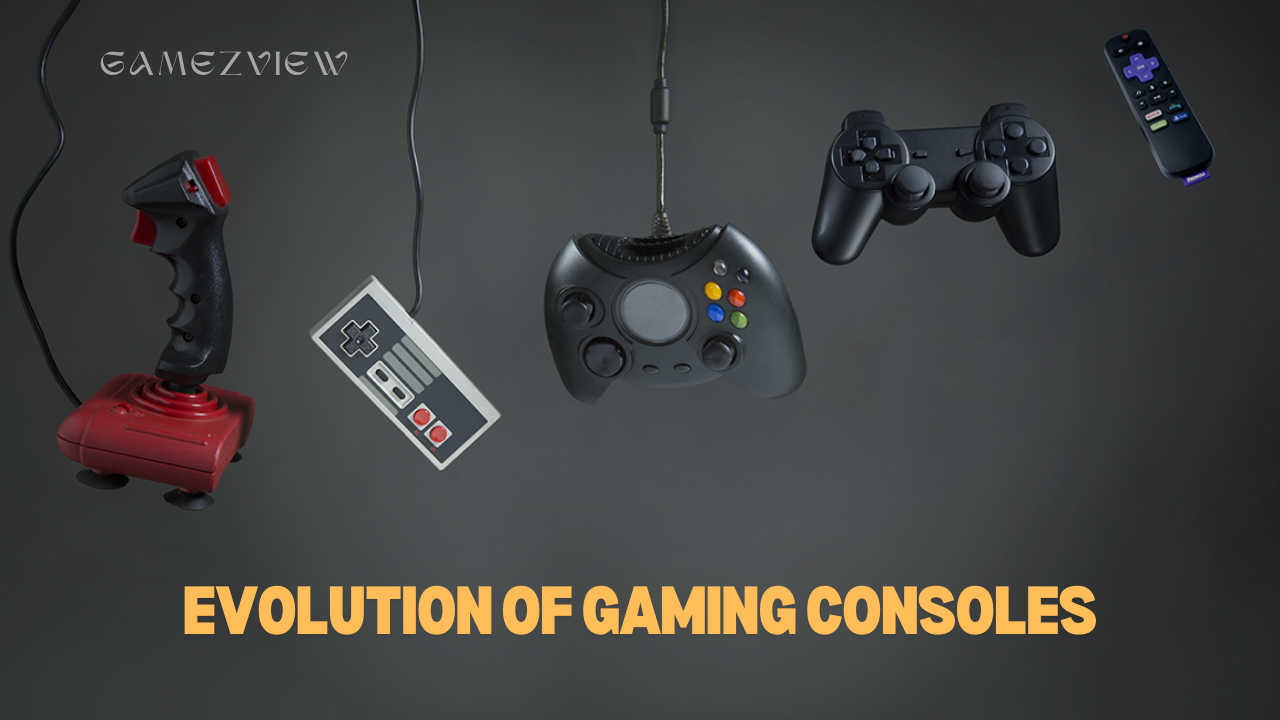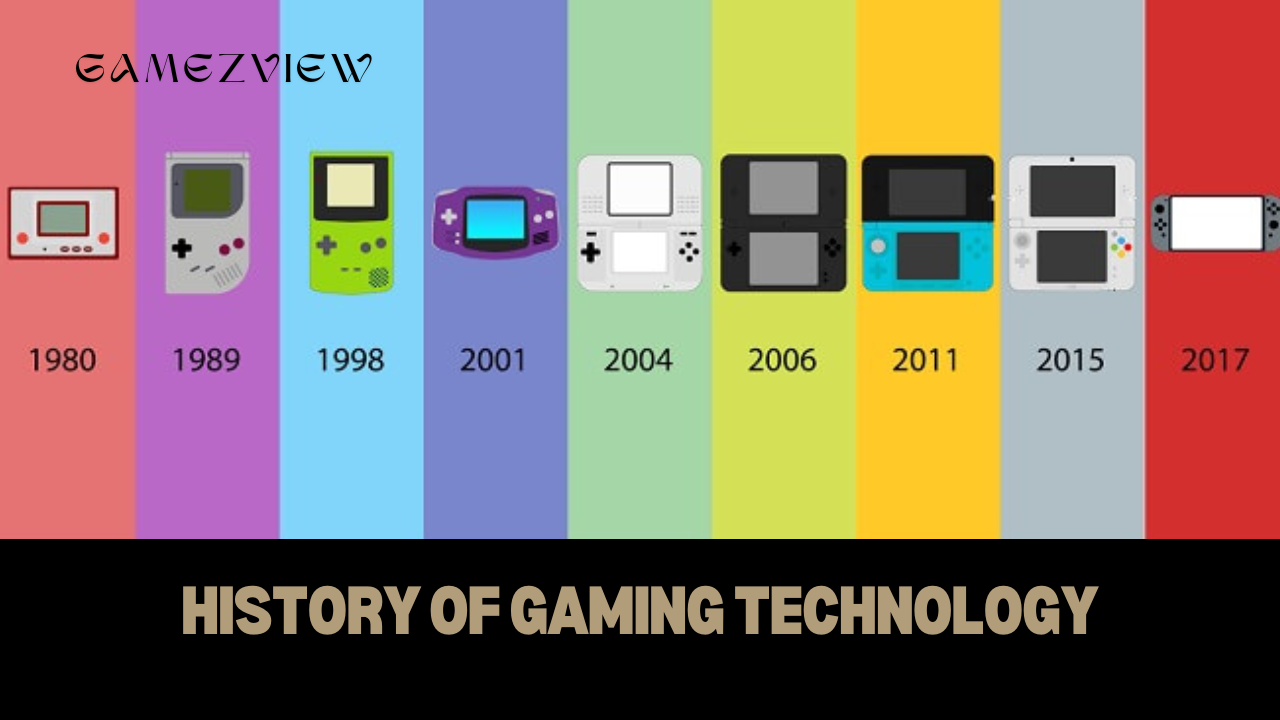Technology has revolutionized virtually every aspect of modern life, and healthcare is no exception. The integration of advanced technologies into healthcare systems has dramatically transformed how medical services are delivered, from diagnosis and treatment to patient care and health management. This evolution has not only improved the efficiency and effectiveness of healthcare services but has also made healthcare more accessible and personalized. This article delves into the various ways technology has advanced healthcare, examining its impact on patient outcomes, healthcare delivery, and the overall system.
1. The Evolution of Healthcare Technology
Historical Context:
Healthcare technology has undergone significant evolution over the past century. From the invention of the X-ray machine in the late 19th century to the development of the first artificial heart in the 20th century, technology has consistently played a pivotal role in advancing medical knowledge and practice. The advent of computers and digital technology in the latter half of the 20th century marked a significant turning point, paving the way for the integration of sophisticated tools and systems into healthcare.
The Digital Revolution:
The digital revolution brought about the widespread adoption of electronic health records (EHRs), telemedicine, and advanced diagnostic tools, fundamentally altering the healthcare landscape. These advancements have made it possible to store, manage, and analyze vast amounts of health data, leading to more informed decision-making and personalized patient care.
- Electronic Health Records (EHRs): EHRs have replaced paper records, allowing for the seamless sharing of patient information across different healthcare providers. This has improved the continuity of care and reduced the risk of medical errors.
- Telemedicine: The rise of telemedicine has made healthcare more accessible, particularly in remote areas. Patients can now consult with healthcare providers via video conferencing, reducing the need for in-person visits and enabling timely medical intervention.
Examples:
- 1960s: The development of the first computerized tomography (CT) scanner revolutionized medical imaging, enabling more accurate diagnosis of a wide range of conditions.
- 2000s: The widespread adoption of EHRs and the rise of telemedicine marked significant milestones in the digitization of healthcare.
Navigating the World of Internet of Things (IoT): Opportunities and Challenges
2. Technology in Diagnostics and Treatment
Advanced Imaging Technologies:
Technological advancements have significantly enhanced diagnostic capabilities, leading to earlier detection of diseases and more effective treatments.
- Magnetic Resonance Imaging (MRI): MRI technology provides detailed images of soft tissues, helping in the diagnosis of conditions such as tumours, brain disorders, and spinal cord injuries.
- Positron Emission Tomography (PET): PET scans are used to observe metabolic processes in the body, aiding in the detection of cancer and monitoring the effectiveness of treatments.
Genomics and Personalized Medicine:
The advent of genomics has ushered in a new era of personalized medicine, where treatments can be tailored to an individual’s genetic makeup.
- Genetic Testing: Genetic testing allows for the identification of genetic predispositions to certain diseases, enabling early interventions and personalized treatment plans.
- Pharmacogenomics: This field studies how a person’s genetic makeup influences their response to drugs, leading to the development of personalized medications that are more effective and have fewer side effects.
Robotics and Minimally Invasive Surgery:
Robotic technology has revolutionized surgery, making procedures less invasive, and more precise, and reducing recovery times.
- Da Vinci Surgical System: This robotic system allows surgeons to perform complex procedures with enhanced precision through small incisions, reducing the risks associated with traditional open surgery.
- Laparoscopic Surgery: Laparoscopic techniques, assisted by robotics, have become the standard for many surgeries, offering patients quicker recovery times and less postoperative pain.
Examples:
- Cancer Treatment: The use of PET scans in oncology has improved the accuracy of cancer diagnosis and treatment planning, leading to better patient outcomes.
- Robotic Surgery: The Da Vinci Surgical System has been widely adopted in urology, gynaecology, and cardiology, reducing complications and improving surgical outcomes.
3. Telemedicine and Remote Patient Monitoring
Telemedicine:
Telemedicine has emerged as a crucial tool in expanding access to healthcare, particularly in rural and underserved areas.
- Virtual Consultations: Patients can consult with healthcare providers remotely via video calls, reducing the need for in-person visits and making healthcare more accessible.
- Chronic Disease Management: Telemedicine is particularly beneficial for managing chronic conditions such as diabetes and hypertension, allowing for regular monitoring and timely interventions.
Remote Patient Monitoring:
Remote patient monitoring (RPM) involves the use of digital devices to collect and transmit health data from patients to healthcare providers in real time.
- Wearable Devices: Devices such as smartwatches and fitness trackers monitor vital signs like heart rate, blood pressure, and glucose levels, enabling continuous monitoring and early detection of potential health issues.
- Home Monitoring Systems: These systems allow patients with chronic conditions to monitor their health from the comfort of their homes, reducing hospital visits and improving quality of life.
Impact on Healthcare Delivery:
Telemedicine and RPM have had a profound impact on healthcare delivery, particularly during the COVID-19 pandemic, when in-person visits were limited.
- Increased Accessibility: Telemedicine has made healthcare more accessible to people in remote areas and those with mobility issues, reducing barriers to care.
- Cost-Effectiveness: By reducing the need for in-person visits and hospitalizations, telemedicine and RPM have helped lower healthcare costs for both patients and providers.
Examples:
- COVID-19 Pandemic: The pandemic accelerated the adoption of telemedicine, with many healthcare providers offering virtual consultations to reduce the risk of virus transmission.
- Diabetes Management: Patients with diabetes can use continuous glucose monitors to track their blood sugar levels in real time, enabling better management of their condition.

4. Artificial Intelligence and Machine Learning in Healthcare
AI in Diagnostics:
Artificial intelligence (AI) and machine learning (ML) have the potential to revolutionize diagnostics by analyzing large datasets and identifying patterns that may not be apparent to human clinicians.
- AI-Powered Imaging: AI algorithms can analyze medical images such as X-rays, MRIs, and CT scans, identifying abnormalities with high accuracy and speed.
- Predictive Analytics: ML models can predict the likelihood of certain outcomes, such as the risk of developing a particular disease, based on a patient’s medical history and other data.
AI in Treatment Planning:
AI can also assist in treatment planning by analyzing patient data and recommending personalized treatment plans.
- Precision Medicine: AI algorithms can analyze genetic data to identify the most effective treatments for individual patients, taking into account their unique genetic makeup.
- Clinical Decision Support Systems (CDSS): CDSS tools provide clinicians with evidence-based recommendations for diagnosis and treatment, improving decision-making and patient outcomes.
Challenges and Ethical Considerations:
While AI and ML offer significant benefits, they also present challenges and ethical considerations, such as data privacy, algorithmic bias, and the need for transparency in decision-making.
- Data Privacy: The use of AI in healthcare requires access to large amounts of patient data, raising concerns about data privacy and security.
- Algorithmic Bias: AI algorithms can perpetuate existing biases in healthcare if they are trained on biased datasets, leading to disparities in care.
Examples:
- Radiology: AI-powered tools are being used to analyze radiology images, detecting conditions such as lung cancer and fractures with high accuracy.
- Drug Development: AI is being used in drug development to predict how different drugs will interact with the human body, speeding up the process of bringing new treatments to market.
5. Big Data and Health Informatics
Big Data in Healthcare:
The explosion of data in healthcare has led to the emergence of big data analytics, which involves the analysis of large, complex datasets to uncover insights that can improve patient care and outcomes.
- Population Health Management: Big data analytics can identify trends and patterns in large populations, enabling healthcare providers to develop targeted interventions and preventive measures.
- Predictive Modeling: Predictive models can be built using big data to forecast disease outbreaks, patient outcomes, and the spread of infectious diseases.
Health Informatics:
Health informatics involves the use of information technology to manage and analyze health data, facilitating better decision-making and improving patient care.
- Electronic Health Records (EHRs): EHRs are a key component of health informatics, enabling the seamless sharing of patient information across different healthcare providers and improving care coordination.
- Clinical Decision Support Systems (CDSS): CDSS tools leverage health informatics to provide clinicians with real-time, evidence-based recommendations for patient care.
Challenges and Future Directions:
The use of big data and health informatics presents several challenges, including data privacy, interoperability, and the need for standardized data formats.
- Interoperability: Ensuring that different health information systems can communicate and share data seamlessly is crucial for the success of big data analytics and health informatics.
- Standardization: Standardizing data formats and terminologies is essential for enabling the effective analysis and sharing of health data.
Examples:
- Chronic Disease Management: Big data analytics is being used to identify patients at high risk of developing chronic diseases such as diabetes and heart disease, enabling early interventions and personalized care plans.
- EHR Systems: The widespread adoption of EHR systems has improved the quality and continuity of care by enabling the seamless sharing of patient information across different healthcare providers.
6. Wearable Technology and Mobile Health (mHealth)
Wearable Devices:
Wearable technology has become increasingly popular in healthcare, with devices such as smartwatches, fitness trackers, and wearable ECG monitors playing a significant role in health monitoring and disease prevention.
- Health Monitoring: Wearable devices can monitor vital signs such as heart rate, blood pressure, and oxygen levels, providing real-time data that can be used to detect health issues early.
- Fitness Tracking: Wearables can track physical activity, sleep patterns, and other health-related metrics, encouraging healthy behaviours and helping individuals achieve their fitness goals.
Mobile Health (mHealth):
Mobile health (mHealth) refers to the use of mobile devices and apps to deliver healthcare services and support health management.
- Health Apps: mHealth apps can track various health metrics, such as diet, exercise, and medication adherence, helping users manage their health more effectively.
- Telemedicine: mHealth enables patients to access healthcare services remotely, reducing the need for in-person visits and improving access to care.
Impact on Preventive Care:
Wearable technology and mHealth have had a significant impact on preventive care, enabling individuals to take a more active role in managing their health and preventing the onset of chronic conditions.
- Early Detection: Wearable devices can detect early signs of health issues, such as irregular heart rhythms or high blood pressure, allowing for timely interventions.
- Chronic Disease Management: mHealth apps can help individuals with chronic conditions manage their health more effectively by providing reminders for medication, monitoring symptoms, and offering personalized health advice.
Examples:
- Apple Watch: The Apple Watch is a popular wearable device that offers features such as ECG monitoring, heart rate tracking, and fall detection, making it a valuable tool for health monitoring.
- MyFitnessPal: MyFitnessPal is a widely used mHealth app that helps users track their diet, exercise, and other health metrics, promoting healthy lifestyle choices.

7. Blockchain in Healthcare
Blockchain Technology:
Blockchain technology, best known for its use in cryptocurrencies, is gaining traction in healthcare due to its potential to improve data security, transparency, and interoperability.
- Data Security: Blockchain’s decentralized and immutable nature makes it an ideal solution for securing health data, and protecting it from unauthorized access and tampering.
- Interoperability: Blockchain can facilitate the secure sharing of health data across different healthcare providers and systems, improving care coordination and reducing the risk of medical errors.
Applications of Blockchain in Healthcare:
Blockchain has several potential applications in healthcare, including securing EHRs, tracking the supply chain of pharmaceuticals, and enabling secure data sharing for clinical trials and research.
- EHRs: Blockchain can enhance the security and interoperability of EHRs, ensuring that patient data is accessible only to authorized users and can be securely shared across different healthcare providers.
- Pharmaceutical Supply Chain: Blockchain can track the movement of pharmaceuticals through the supply chain, reducing the risk of counterfeit drugs and ensuring the integrity of medications.
Challenges and Future Directions:
The adoption of blockchain in healthcare faces several challenges, including regulatory hurdles, scalability issues, and the need for standardization.
- Regulatory Challenges: The use of blockchain in healthcare must comply with existing regulations, such as the Health Insurance Portability and Accountability Act (HIPAA) in the United States, which governs the privacy and security of health data.
- Scalability: Blockchain networks must be scalable to handle the large volumes of data generated in healthcare, which requires further technological advancements and optimization.
Examples:
- MedRec: MedRec is a blockchain-based system developed by researchers at MIT that enables secure, decentralized management of EHRs, ensuring that patients have control over their health data.
- PharmaLedger: PharmaLedger is a blockchain consortium that aims to enhance the transparency and security of the pharmaceutical supply chain, reducing the risk of counterfeit drugs and improving patient safety.
How Blockchain is Transforming Industries Beyond Cryptocurrency
The role of technology in advancing healthcare is undeniable. From diagnostics and treatment to patient monitoring and data management, technological innovations have transformed the healthcare landscape, improving patient outcomes, increasing accessibility, and reducing costs. As technology continues to evolve, it will undoubtedly play an even greater role in shaping the future of healthcare, driving further advancements and innovations that will enhance the quality of care and overall health outcomes. However, it is crucial to address the challenges associated with the adoption of these technologies, including data privacy, interoperability, and ethical considerations, to ensure that the benefits of technology are realized without compromising patient safety and trust.



